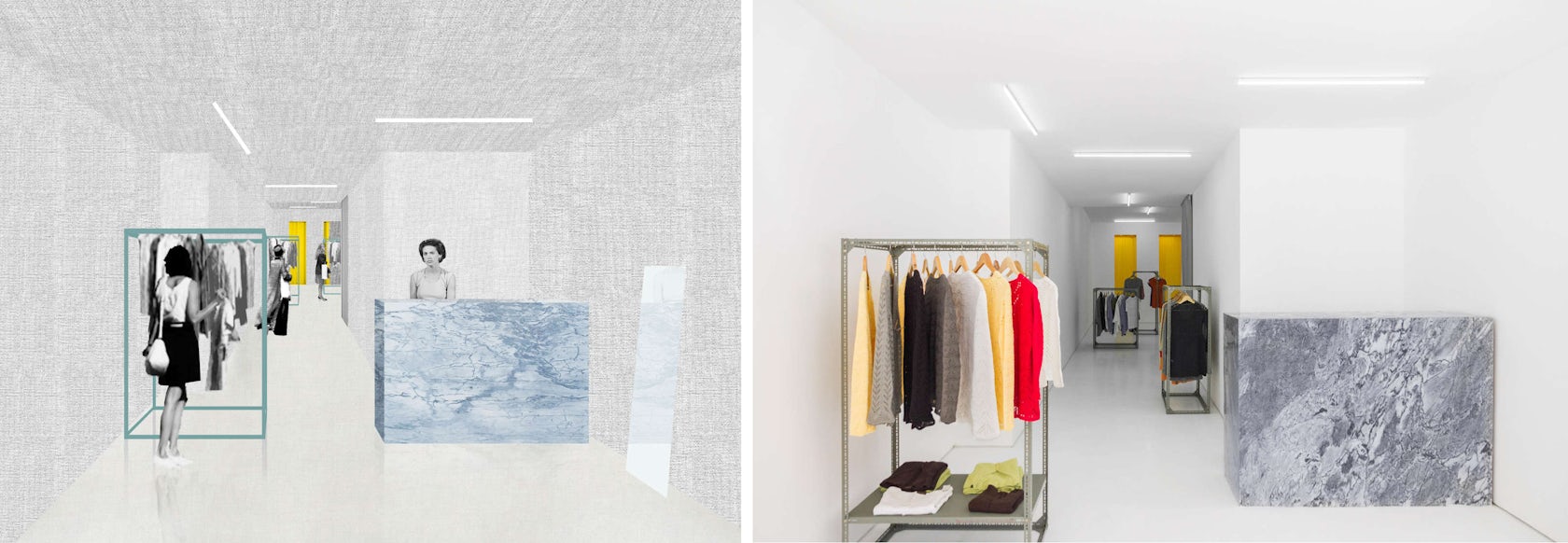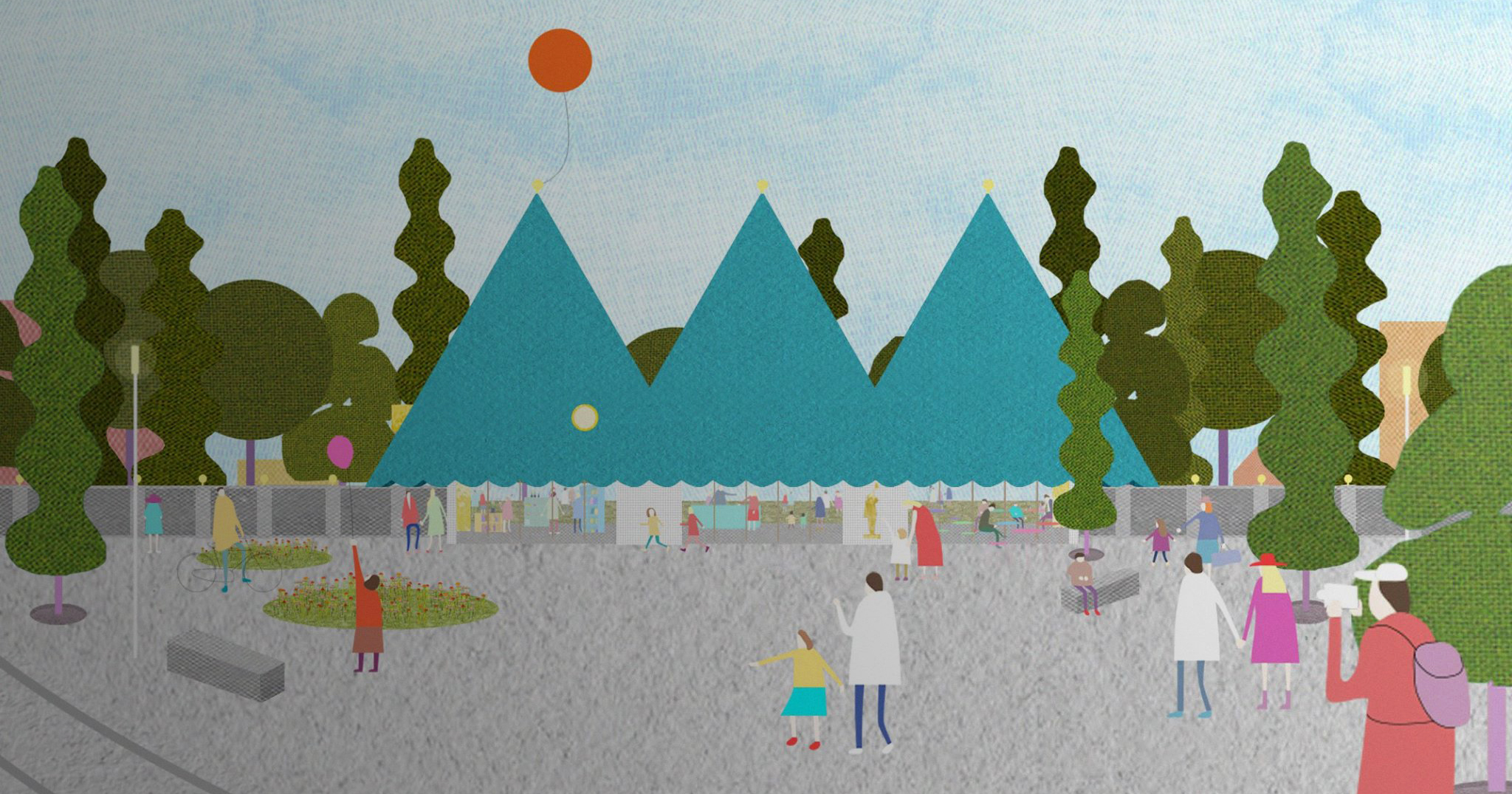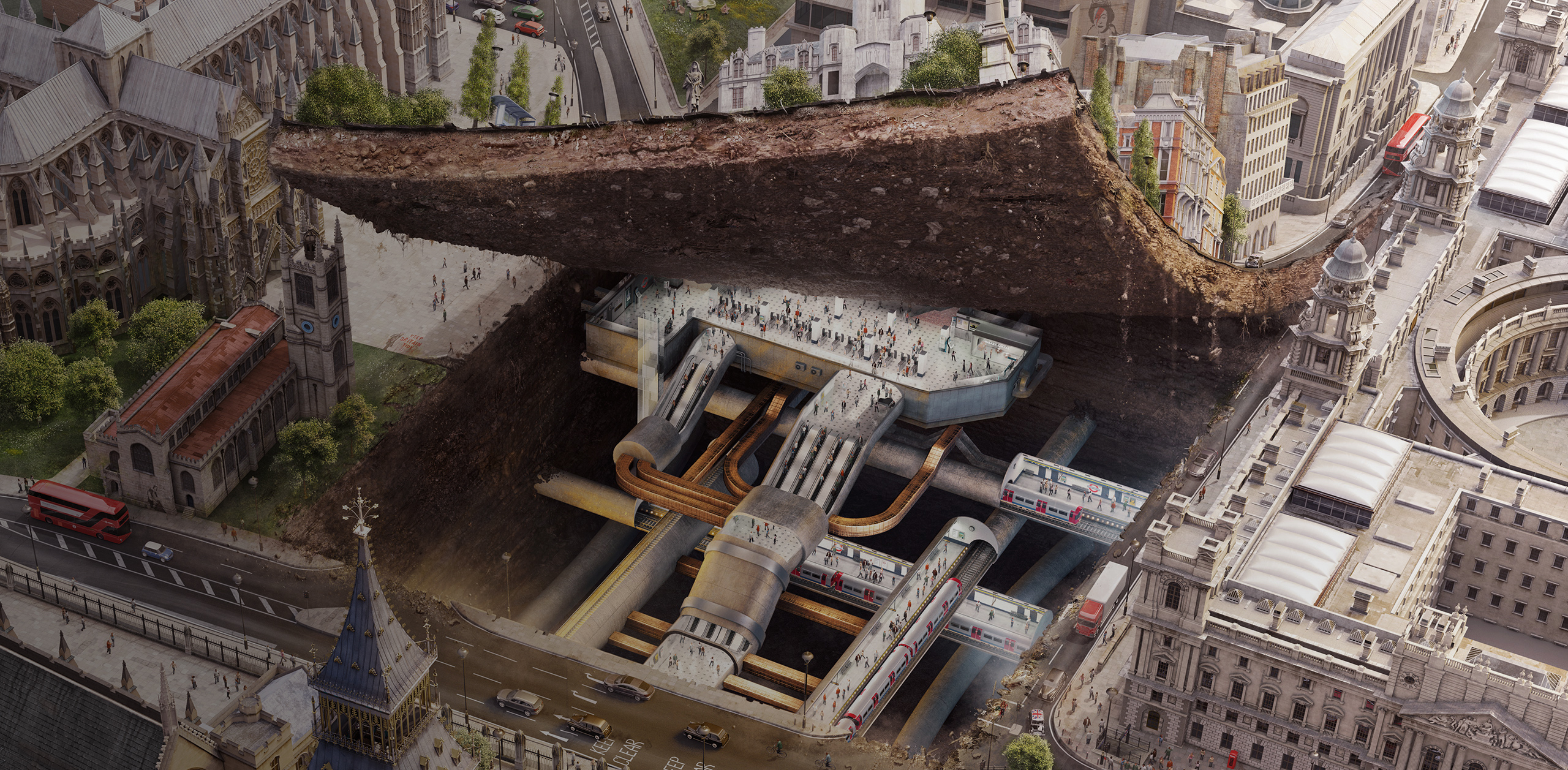Architects: Showcase your next project through Architizer and sign up for our inspirational newsletter.
A young practice currently based in Porto, Portugal, fala atelier was founded in 2013 by three architects: Filipe Magalhães, Ana Luisa Soares and Ahmed Belkhodja. Filipe and Ana Luisa both studied architecture in Porto before going to the Fakulteta za Arhitekturo in Ljubljana and Tokyo University, respectively. Ahmed Belkhodja, who was born in Lausanne, studied at ETH Zurich as well as Lausanne, Gothenburg and Singapore.

All three members started their architecture careers working for Harry Gugger in Basel before moving on to firms in New York and Tokyo. Filipe practiced with SANAA, Ana Luisa with Toyo Ito and Ahmed with New York–based OBRA Architects before joining Atelier Bow-Wow, also in Tokyo. Architizer talked with fala to learn more about the practice and its design process, which includes intricate drawings and bold design statements in built form, peeking into the firm’s overall philosophy on architecture.

anticlimax: a report on the metabolist dream
Chloé Vadot: How did the practice start?
FALA atelier: FALA was born in 2013 in Tokyo’s Nakagin Capsule Tower, where it was based for a year writing texts for international magazines about the Metabolist experience. After moving to Porto, Portugal, it retained a fascination for the relationship between intimate spaces and utopian visions. FALA atelier draws from the various professional, academic and curatorial experiences of its leaders — Filipe Magalhães, Ana Luisa Soares and Ahmed Belkhodja — in Portugal, Switzerland, the United States and Japan, among others.
The atelier’s work has been exhibited in a variety of international venues, from the Venice Biennale to the Chicago Architecture Biennale, and presented in lectures around the globe. In addition to the office’s production, fala has been teaching architecture theory seminars at Bratislava’s Faculty of Architecture.

FALA atelier describes itself as “a naïve architectural practice.” Could you elaborate on this and relate the principle of naïveté to your work and process?
FALA focuses on the production of both residential-scale architecture and oneiric competition proposals. The atelier applies the same optimism and serious vivacity to all projects, from territories to birdhouses. The projects are a medley of formal languages, references, quotations and themes, only regulated by an obsession for clarity. The produced architecture is both intuitive and rhetorical.
Naïvety simply refers to the way we approach each project. We always think that trying something is more important than doing things “correctly.” Even the simple fact that we decided so early to open an office — we were 25 — is a very naïve gesture. We often have the feeling that if we don’t take “naïve” risks, it won’t get very interesting for us. We try to let our innocent, first ideas become something important. It can actually make for a very complex trajectory, because the project still has to be coherent and make sense in the end.
We embrace naïvety as a tool, not a burden. When we talk, we always sound extremely positive and optimistic, but it’s very difficult to start an office and make it stable, especially in a market like Portugal. As you can imagine, it is not the most flourishing economy right now. We could have been architects with a position in a big office, but we decided to leave that comfort and lose that extra digit in our salary in order to achieve something more important to us.

The drawings that accompany the projects are extremely precise, detailed, beautiful and also a little childlike. How do these inform your design process?
Images and drawings complement and contradict each other. We cannot work without one or the other: Together they create an uneasy whole, unfolding each project as a series of visual metaphors. Collages are impressionist expressions, drawings are frozen rhetorics. Images have feelings, drawings are rational — unbearable sometimes in their seriousness.
Imprecise and speculative images are thus stronger tools than closed, photorealistic representations. Their uncertainties generate a necessary limbo: They create a distance to reality. Collages quote, steal and combine references while searching for beauty in a blunt and naïve way. Mistakes become valuable and fascination arises from the visual construction, from the manipulation of fragments in a world dense of references. Intellectual in intention, they are a fragile and humble portraying exercise, the marriage of architecture’s rationality with the inconsistent beauties of reality.

Do you design the furniture for your projects, or work with specific manufacturers that you know well?
We do a little of both. We tend to collaborate on the projects right until the end, including for the construction and smaller furniture elements, and so on. Sometimes, we design furniture elements — we are currently doing a complete series for a project in Lisbon — but most times, we select the pieces from different suppliers. We are still expanding our field of action …

Your projects are both minimalist and show a lot of texture, patterns and touches of color. What materials and colors do you prefer to work with and why?
As every architect does, we have our own guilty pleasures: marble, strongly colored elements on white backgrounds, little ornaments … Sometimes, these are just circumstantial; other times, they are part of a planned discourse for a specific project.
White represents abstraction and defines a clear canvas. This is why we often start by working in plan and section, as well as in axos, in order to define the space, imagining it completely white. During this process, colors and textures start to appear together with the project idea. Materials and colors are not islands inside the project, but rather they are part of it from the start.

To see more projects by fala atelier, visit the complete Architizer profile here.
Architects: Showcase your next project through Architizer and sign up for our inspirational newsletter.
Cover Image: Visitor Center for a Theme Park, Coimbra, Portugal, Invited Competition, 2nd Prize. Interview edited for clarity.






 a house for a bird
a house for a bird  chiado apartment
chiado apartment  Real Estate Agency
Real Estate Agency 


